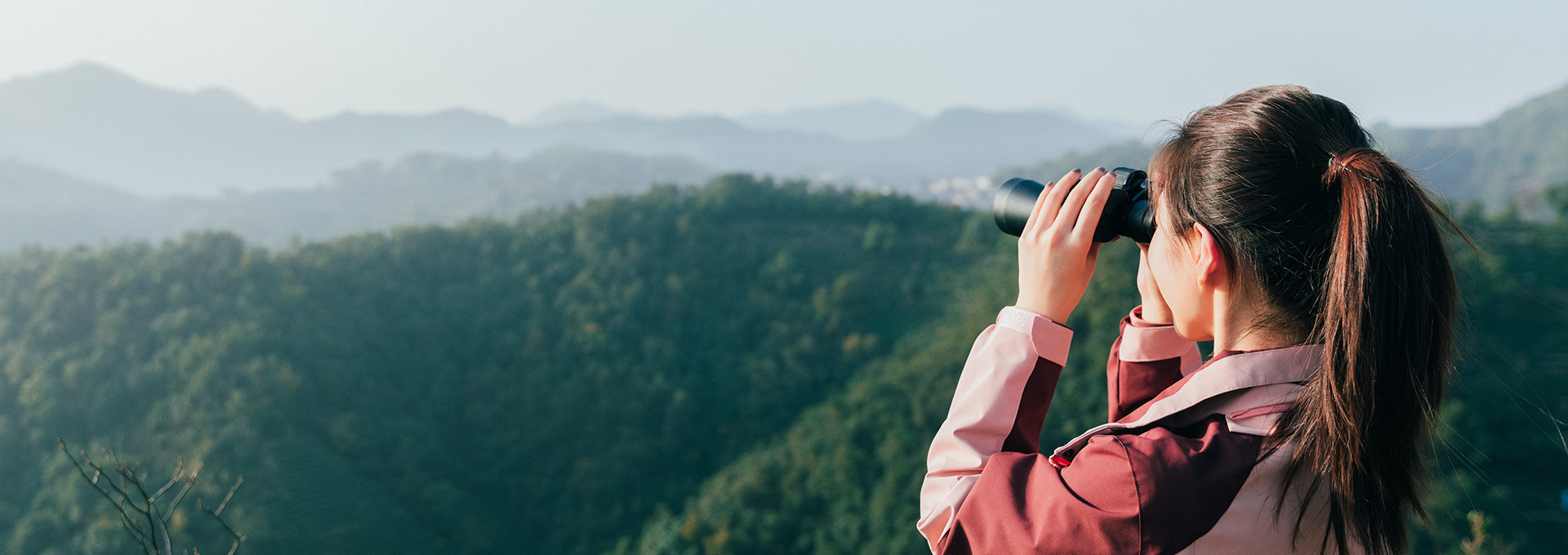A time lapse camera is a specialized device that captures a sequence of photos or video frames at set intervals over a prolonged period. These images are then combined to create a video that shows the progression of events at a much faster rate than they occurred in real life. Time lapse photography allows us to observe and appreciate changes that are typically too slow for the human eye to notice, such as the movement of clouds, the blooming of flowers, or the construction of buildings.
How Time Lapse Cameras Work
Time lapse cameras can either be standalone devices designed specifically for this purpose or regular cameras equipped with time lapse settings. The basic principle involves setting the camera to take images at regular intervals, which can range from seconds to hours, depending on the subject and the desired effect. Once the sequence is complete, the images are stitched together into a video where hours, days, or even months of footage are condensed into a few minutes or seconds.
Modern time lapse cameras often include features like adjustable interval settings, weather resistance, and long battery life, making them ideal for long-term outdoor projects.
Applications of Time Lapse Cameras
Nature and Wildlife
Time lapse photography is widely used in nature documentaries to showcase events that occur over extended periods, such as the changing of seasons, the blooming of flowers, or the movement of stars in the night sky. Wildlife photographers often use time lapse to capture the behavior of animals over days or weeks, giving insight into their patterns and habitat.
Construction and Architecture
One of the most popular applications of time lapse cameras is in the construction industry. By placing a camera on a construction site, builders can document the entire building process from start to finish. This provides not only a visual record of progress but also a powerful tool for marketing, client presentations, and even troubleshooting any project delays.
Event Documentation
Time lapse photography is commonly used to capture events that take place over several hours or days, such as festivals, exhibitions, and public installations. The technique allows organizers and attendees to revisit the highlights of an event in a short, engaging video that condenses the experience.
Scientific Research
Scientists use time lapse cameras in research to study processes that unfold slowly over time, such as cell growth, weather patterns, or the movement of glaciers. The ability to track and analyze gradual changes makes time lapse photography a valuable tool in fields like biology, geology, and environmental science.
Urban Development and Traffic Monitoring
Time lapse cameras are often deployed in urban settings to monitor traffic flow, human activity, and infrastructure changes. By observing the rhythm of a city over a long period, urban planners can gain insights into peak traffic times, construction impacts, and general city dynamics.
Conclusion
Time lapse cameras have revolutionized the way we observe and record the world around us. From capturing the majesty of nature to documenting large-scale construction projects, time lapse photography offers a unique and visually compelling perspective. Its applications continue to expand across industries, offering insights and visuals that would otherwise be impossible to achieve in real time.
Post time: Sep-18-2024




